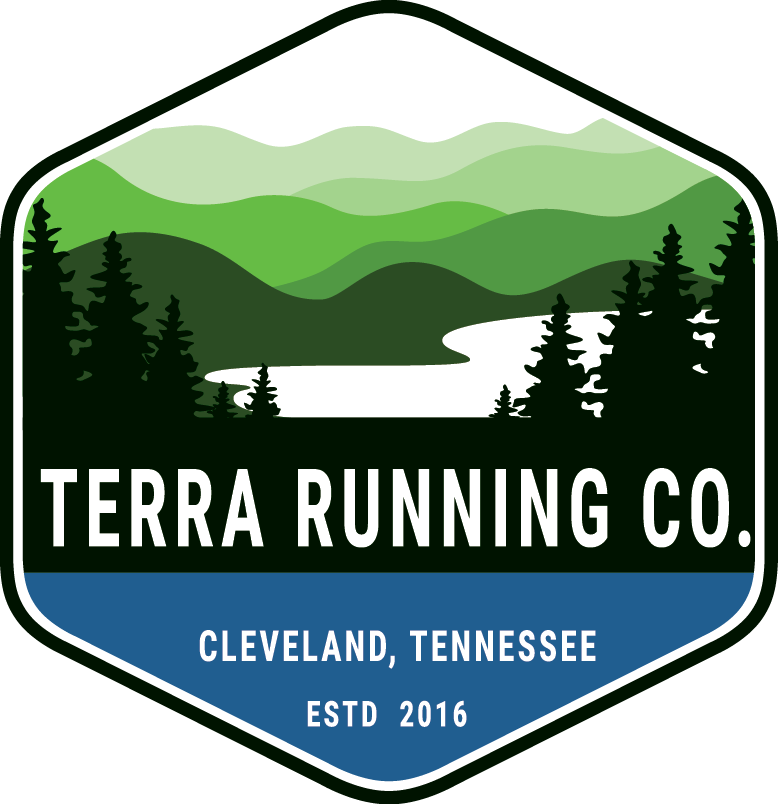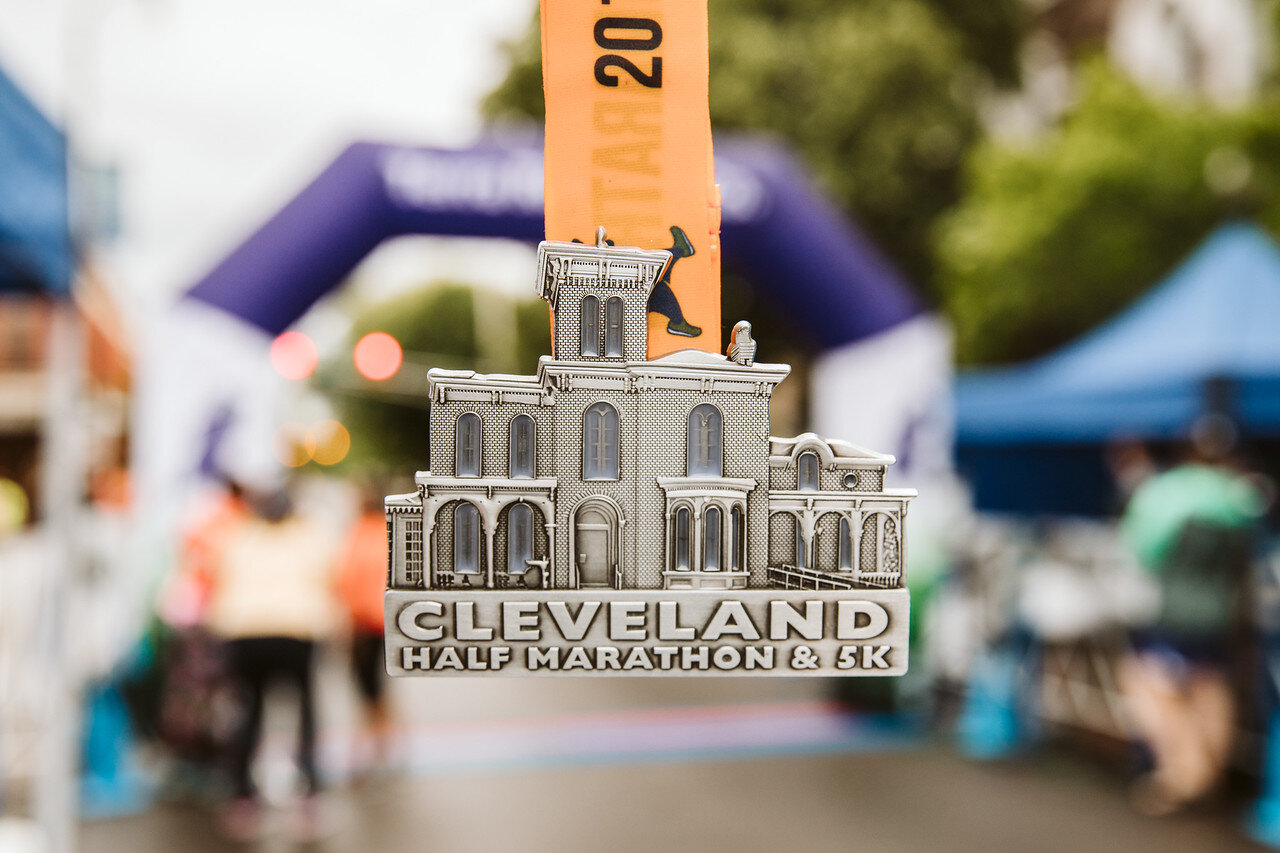We already know most adults don't get enough sleep. Add running into the mix, and your body will remind you often that you need even more sleep than normal! Our society often views sleep as a luxury, not a necessity. To get the most out of your training and let your body recover, at least 8 hours of sleep a night is a necessity.
If you know me, you know I am a pro at sleeping. I can generally fall asleep easily and can take a nap most days if time allows. For most adults, Sleep is the easiest part of your day to cut out. Whether it's busy nights or early mornings, many adults can justify getting less sleep in the name of productivity.
When you add running into your weekly routine, know that your body is working extra hard for you and requires more rest. Take these pro runners and their sleep habits as an example to follow: Both Deena Kastor and Shalane Flanagan log as much as 10 hours of sleep a night when training. While training to break 2 hours in the marathon, Eliud Kipchoge slept 8 hours each night, and also took a 2-hour nap during the day.
Here are some tips to be sure you're getting enough sleep each night:
1. Set a bedtime alarm just like you would in the morning. No matter what you're in the middle of, try to respect your bedtime as much as you hold fast to your morning alarm.
2. Avoid screen time before bed. We all know that screen time makes falling asleep harder. If you need to, set another alarm 30 minutes to an hour before bed, and be sure to avoid screens for that last bit of your evening. Instead, read a book, play a game, and start to relax.
3. Sleep more on the weekends or find bits of time to nap. Use weekends as a time to catch up on sleep. Additionally, if you have as little as a 20-minute window, a power nap can do wonders for your rest!
4. Increase sleep slowly. If you can go to bed 20 minutes earlier, that's a win! Don't get bogged down in needing to add hours and hours more sleep right away. Changing your lifestyle is hard and enjoy the little wins with more rest where you can find it in your day.
https://www.runnersworld.com/uk/news/a28299379/kipchoge-sleeps-for-this-many-hours-every-day/
https://www.runnersworld.com/health-injuries/a20851850/how-to-get-better-sleep-as-a-runner/



